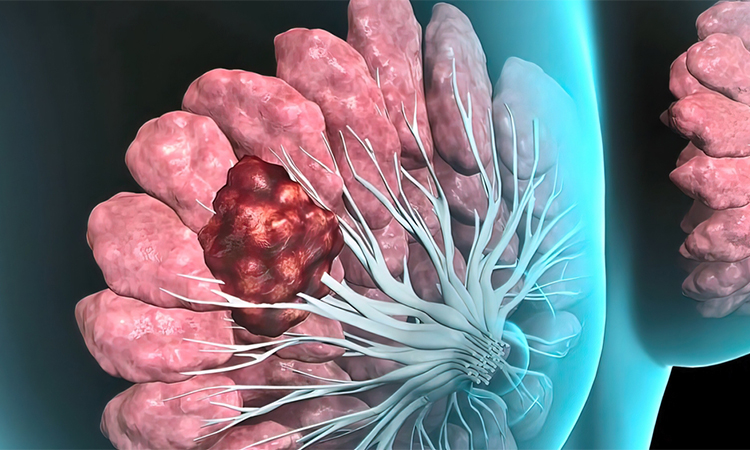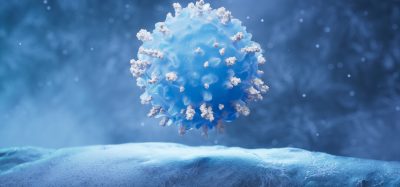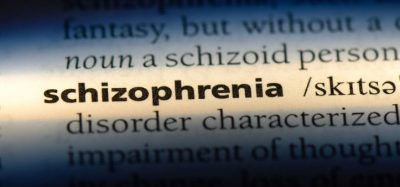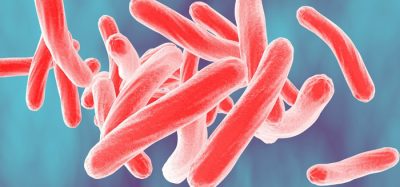LINC01235 identified as driver of aggressive breast cancer
Posted: 9 July 2025 | Drug Target Review | No comments yet
Researchers at Cold Spring Harbor Laboratory have demonstrated that an obscure RNA molecule, LINC01235, plays a crucial role in the progression of aggressive triple-negative breast cancer (TNBC) – potentially allowing for the development of targeted therapies against it.


Breast cancer remains one of the most common cancers among women in the United States and, thanks to decades of research, one of the most treatable. However, triple-negative breast cancer (TNBC), a particularly aggressive form, continues to challenge scientists. TNBC accounts for 10 to 15 percent of all breast cancer cases and disproportionately affects younger women and African American women. Currently, there are no effective targeted therapies for this subtype of cancer.
A recent breakthrough from Cold Spring Harbor Laboratory (CSHL) offers fresh insight into TNBC’s biology, potentially allowing for new treatments. The discovery, led by Professor David Spector and graduate student Wenbo Xu, was published in Molecular Cancer Research.
Investigating the role of long non-coding RNAs in cancer
Professor Spector’s team focuses on long non-coding RNAs (lncRNAs) – a class of RNA molecules that do not code for proteins but are increasingly recognised as key players in cancer development. Their latest study identified a rarely studied lncRNA called LINC01235 – previously linked to gastric cancer – as an important factor in TNBC.
Automation now plays a central role in discovery. From self-driving laboratories to real-time bioprocessing
This report explores how data-driven systems improve reproducibility, speed decisions and make scale achievable across research and development.
Inside the report:
- Advance discovery through miniaturised, high-throughput and animal-free systems
- Integrate AI, robotics and analytics to speed decision-making
- Streamline cell therapy and bioprocess QC for scale and compliance
- And more!
This report unlocks perspectives that show how automation is changing the scale and quality of discovery. The result is faster insight, stronger data and better science – access your free copy today
The discovery began with RNA sequencing performed on human breast tumour organoids – miniature 3D cancer models that mimic the biology of tumours in patients. Project lead Wenbo Xu, reviewed data from The Cancer Genome Atlas – a comprehensive cancer patient database with over 11,000 cases. Xu noticed a correlation between LINC01235 expression and NFIB, a gene previously associated with TNBC.
Still, very little was known about NFIB, and almost nothing about LINC01235. So, the team decided to delve deep and ask how does it work in the cell? and what processes might it be involved in?
“We came upon this interesting story of where it sits in the genome and the gene it regulates,” said Spector.
Experimental evidence links LINC01235 to TNBC progression
To investigate, the researchers used CRISPR technology to knock out LINC01235 in cancer cells. They also used antisense molecules to reduce LINC01235 levels in cancer cells and organoids. In both experiments, lowering LINC01235 led to decreased NFIB expression. Crucially, this reduction suppressed the formation of TNBC organoids, suggesting a direct role in cancer progression.
“Our findings demonstrate that LINC01235 positively regulates NFIB transcription,” Xu said. “This modulates the NOTCH pathway, influencing cell proliferation in TNBC progression.”
A step toward future therapies targeting non-coding RNAs
While more research is necessary to translate these findings into treatments, the study highlights the promising role of lncRNAs in combating TNBC. Professor Spector emphasised the broader significance: “The goal here is to understand mechanisms by which the cell functions and how disease states take over those functions, perhaps by up-regulating an RNA molecule or down-regulating an RNA molecule. Our long-term goal is to try to find a lncRNA or multiple lncRNAs that may eventually be therapeutic targets.”
This discovery represents a step toward targeted therapies for one of the deadliest breast cancer subtypes.
Related topics
Cancer research, CRISPR, Drug Discovery, Molecular Biology, Oncology, Organoids, RNAs, Sequencing, Translational Science
Related conditions
Breast cancer, Cancer
Related organisations
Cold Spring Harbor Laboratory (CSHL)








